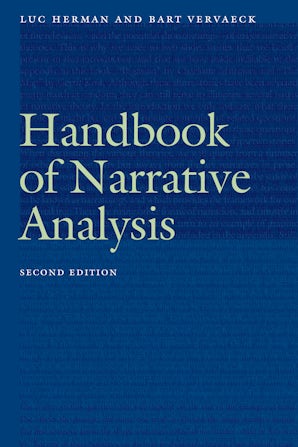List of Illustrations
Acknowledgments
Introduction
1. Traditional Questions
2. New Questions
Chapter 1. Before and Surrounding Structuralism
1. Story and Plot
2. Telling and Showing
3. Author and Narrator
4. Narrator and Reader
5. Consciousness and Speech
6. Perception and Speech
Chapter 2. Structuralism
1. Story
1.1. Events
1.2. Actants
1.3. Setting
2. Narrative
2.1. Time
2.2. Character
2.3. Focalization
3. Narration
3.1. Narrating
3.2. Consciousness Representation
Chapter 3. Postclassical Narratology
1. Broadening Conceptions of the Narrative Text
1.1. Broadening the Medium: Intermedial Narratology
1.2. Broadening in Time: Diachronic Narratology
1.3. Broadening the Fictional World
2. Communicative Approaches
2.1. Rhetorical Narratology
2.2. Cognitive Narratology
3. Narratology and Ideology
3.1. Narrative Ethics
3.2. Feminist and Queer Narratology
3.3. Postcolonial Narratology
3.4. Cultural Narratology and Socio-narratology
3.4.1. Socio-narratology
3.4.2. Cultural Narratology
4. Everyday Life as a Narrative Process
4.1. Postmodern Narratology
4.2. Natural Narratology
4.3. Unnatural Narratology
Appendix A: “Pegasian”
Charlotte Mutsaers
Appendix B: “The Map”
Gerrit Krol
Appendix C: “City”
Wasco
Notes
Bibliography
Index
